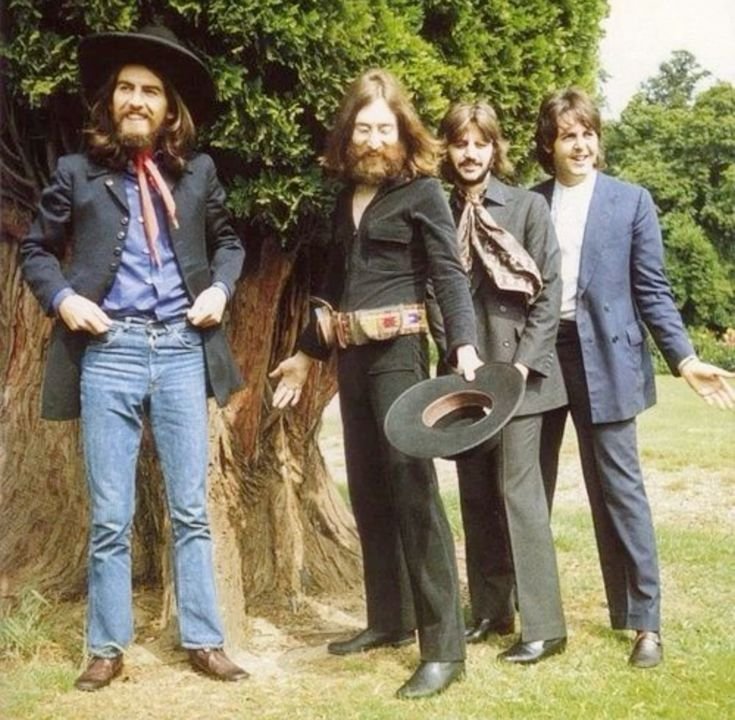“The Blame Game: How Paul McCartney Became the Scapegoat for The Beatles’ Breakup and the Lingering Fallout of a Misunderstood Exit”
When The Beatles officially disbanded in 1970, it marked the end of an era that had reshaped popular music and global culture. Yet, amid the heartbreak of fans and the chaos of media speculation, one name was quickly thrust into the eye of the storm: Paul McCartney. Almost overnight, McCartney found himself vilified, portrayed as the man who shattered the greatest band in history—a narrative that would shadow him for decades.
The controversy ignited in April 1970 with the release of McCartney’s first solo album, McCartney. The timing of its arrival, just as The Beatles were unraveling behind closed doors, gave rise to suspicion. Fueling the fire, McCartney’s team issued a self-conducted Q&A press release alongside the album that revealed he was no longer working with the band—effectively confirming what had long been whispered. While John Lennon had already privately left the group months earlier, it was McCartney who made the split public, and in doing so, inadvertently became the symbol of The Beatles’ end.
What made matters worse was that McCartney had released his solo work without coordinating with Apple Corps or his fellow bandmates. To many, this seemed like a calculated move—a bid for independence that ignored the collective. Headlines across the UK and beyond painted McCartney as the villain, accusing him of breaking up the band for selfish reasons. The emotional connection fans had with The Beatles only intensified the backlash. McCartney was suddenly not just an artist launching a solo project—he was the man who ended a dream.
But behind the headlines was a far more complicated story. The Beatles had been struggling for years under the weight of fame, grief over manager Brian Epstein’s death, creative divergences, and business disagreements—especially around the hiring of controversial manager Allen Klein, whom McCartney opposed. Tensions had been simmering long before McCartney’s announcement. In fact, John Lennon had told the others he was quitting in late 1969 but agreed to keep it quiet for business reasons. McCartney’s “mistake,” if any, was simply speaking aloud what had already been decided.
Still, perception is powerful. The press and public were not interested in a nuanced narrative. They wanted a face to blame—and McCartney, ever the perfectionist and perhaps the most outwardly ambitious of the four, fit the part. Lennon’s sharp-tongued interviews in the early 1970s—some of them hurtful and bitter—did little to protect McCartney from further scrutiny.
For McCartney, the years that followed were both professionally triumphant and emotionally taxing. He launched Wings, crafted timeless solo albums, and toured the world, but the ghost of The Beatles’ breakup followed him. It took decades—and the benefit of hindsight—for public opinion to soften. Over time, as more details emerged from interviews, documentaries, and retrospectives, the world began to see the breakup for what it truly was: a natural, if painful, evolution of four brilliant artists growing apart.
Today, Paul McCartney is widely recognized not only as a key architect of The Beatles’ magic but as an enduring creative force in his own right. Yet the scars of that early media firestorm remain part of his legacy. The “division scandal,” born from a moment of personal truth, became one of rock history’s most enduring misreadings—proof of how quickly legends can become myths, and how easily a hero can be mistaken for a traitor.
